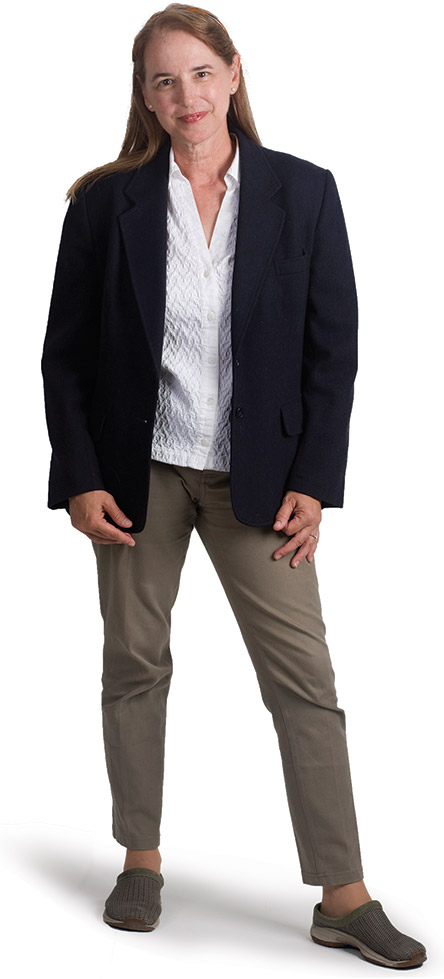Innovator Interview: Carolyn Staudt
 Q. Did you start out as a teacher?
Q. Did you start out as a teacher?
A. I wanted to be a chemist and worked on micelle research. I also tutored graduate students and really liked it. I was certified to teach chemistry and math, and taught at an all boys school. I moved to another parochial school where I started 24-hour space simulations, which grew into something really big.
Q. What did you simulate?
A. Going to the moon! Kids designed an entire geodesic dome for a weeklong moonbase. John and Annie Glenn came to the opening ceremony. Astronaut Al Worden did the closing ceremony. We had a NASA live feed for an hour a day. Two years later we created a seabase to simulate life at the bottom of the ocean with Sylvia Earle as the keynote. The domes lasted about 20 years. Kids still write to me about what an amazing experience it was.
Q. What did you take away from that experience?
A. Those were live simulations. Simulations mean something different now. Students need both hands-on and computerized versions of simulations. Students should not be underestimated. They can do anything given the opportunity.
Q. When did you get started with sensors?
A. We needed to monitor everything from the air to the water in a tilapia tank. It was about that time I met Phil Smith, designer of the IBM Personal Science Lab, and later David Vernier, an Ohio teacher at the time, at the local AAPT meetings, and started building sensors of my own. Then in the late ’90s, I worked with Logal in Israel. Yoel Givol sent me a box of sensors and said, “Tell us what to do with these for education.”
Later, I met Bob [Tinker, founder of the Concord Consortium] and started full time in 1999. We were playing with handhelds and thinking about attaching temperature sensors to them. The eMate was great because it had a keyboard, touchscreen, and a clamshell. We made the eProbe, which was available with the eMate. Our TEEMSS [Technology Enhanced Elementary and Middle School Science] project got all the major sensor vendors together in one room. We showed significant learning gains with probes, and TEEMSS was included in the What Works Clearinghouse.
Q. What does that unlock for learning?
A. It’s exciting to have kids ask questions and collect data instantly. Probes are an extension of their hands. Sensors and models complement one another so well.
Q. What’s driven your interest in professional development?
A. Being in the classroom for 20 years was really important. We have to trust students. In Innovative Technology in Science Inquiry we help teachers customize activities to make them locally relevant and provide multiple ways for students to learn.
Q. Water is now a focus in two of your projects. Tell us about that.
A. In 1998 I was at UNESCO in Paris and was asked about the most important resource. I had just been in Sierra Leone, so I said clean water. Most of the world has clean water problems. Water is shared—there are people upstream and downstream. What you do with your local watershed impacts everyone.
Q. Tell us about your pioneering work with young kids.
A. My work goes back to the simulations and summer camps and seeing early “aha!” moments. Kids use their only sensor—their hands—to learn about the world around them. I love being able to make something visible that’s invisible through models and using sensors to drive that home.
Q. What’s the best part of your job?
A. I get to play! The Concord Consortium makes tremendous open-source toolkits available to all.
